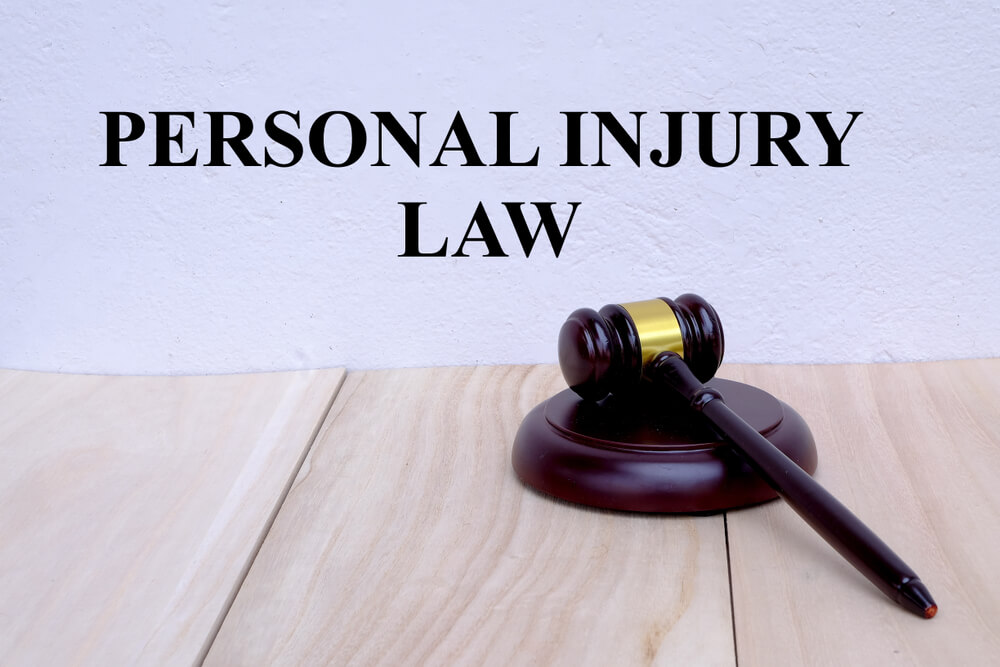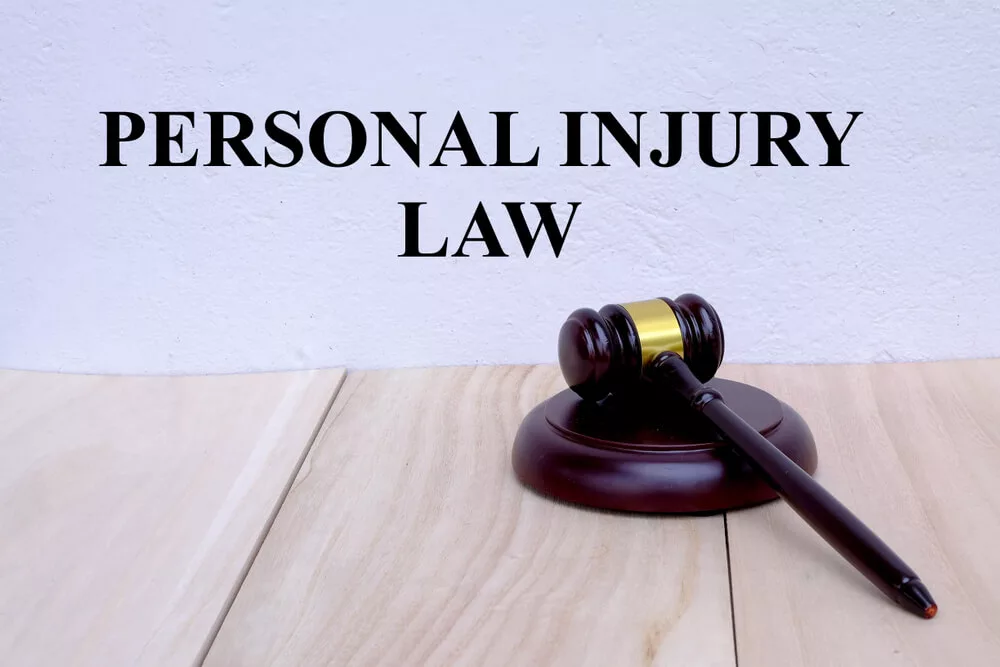Serious injuries from accidents result in life-altering physical and emotional pain and suffering. While you might wonder how someone can place a value on what you endure after an accident, when another person’s negligence harms you, you may recover compensation, not just for your medical bills and lost income, but also for your pain and suffering.
Insurance companies may offer you a financial settlement that includes pain and suffering compensation. But before you accept any offer from an insurance company, you must understand what your pain and suffering is actually worth. Otherwise, you could leave money on the table compensation you both need and deserve.
If you or a loved one suffered injuries in an accident in Florida, consult a personal injury lawyer to get a fuller picture of how much compensation you deserve for your pain and suffering.
What Is Pain and Suffering?
Personal injury law uses the term pain and suffering to describe the physical and emotional stress a person may experience due to injuries caused by another person’s negligence.

Pain and suffering is a non-economic damage award that places a monetary sum on a person’s pain, discomfort, and emotional distress. Non-economic damages differ from economic damages, which include more tangible expenses that you can show receipts and invoices for, such as medical bills and pain and suffering.
You can recover pain and suffering damages for physical or emotional harm.
Physical pain and suffering refers to the actual physical pain and discomfort a person suffers due to their accident-related injuries. These injuries can include broken bones, lacerations, concussions, or amputations. Since everyone experiences pain differently, lawyers usually establish the level of one’s physical pain and suffering by showing how the injury affected the injured person’s life, including their ability to work, walk, or perform household duties.
Emotional or mental pain and suffering refers to the anxiety, depression, post-traumatic stress disorder (PTSD), phobias, and more that the accident caused.
Emotional pain and suffering is harder to establish because the injuries are invisible to others. A diagnosis from a mental health professional can prove the emotional impact an accident has on a person.
Common Accidents that Warrant Pain and Suffering Damages
Some accidents that can cause injuries resulting in physical and emotional pain and suffering include:
Bicycle accidents
Documenting Your Pain and Suffering
To prove pain and suffering damages on your life following an accident, here are some ways to document your pain and suffering:
Documenting Your Pain and Suffering
Medical Records
After an accident, your medical records provide some of the most important evidence to prove your pain and suffering. These records provide a detailed account of your injuries and treatment. Keep all medical records, including doctor’s notes, test results, and treatment plans. They can also demonstrate your ongoing pain and suffering.
Doctor’s Notes
Your doctor’s notes provide a detailed account of your injuries, the symptoms you experienced, and the treatment you received. These notes can also show how your injuries affected your ability to perform your daily activities. When you visit your doctor, tell them about all of your symptoms, even if they seem minor. This will ensure that your doctor’s notes accurately reflect your injuries and the treatment you received.
Diagnostic Tests
Diagnostic tests, such as X-rays, CT scans, and MRIs, can show the extent of your injuries and help your doctor develop an appropriate treatment plan. Keep a record of all the diagnostic tests you received, including the date and location of the test, the name of the doctor who ordered the test, and the test results.
Prescriptions
Record all the prescriptions you received, including the name of the medication, the dosage, and the length of time the doctor prescribed each medication. Prescriptions can show your level of pain or discomfort.
Pain Journals
Keeping a journal about your pain and suffering after an accident can effectively prove your injuries. Journaling can provide a detailed record of how your injuries affected you physically, emotionally, and mentally. It can also help you remember important details you might forget over time.
When keeping a pain journal, include as much detail as possible.
You might want to include:
- The date and time of each entry
- The location and severity of your pain
- What triggers the pain
- How long the pain lasted
- Any medication you took to manage the pain
- Any activities you must avoid because of the pain
- Any emotional or mental effects you experienced because of the pain
Rate your pain on a scale of one to 10. This can help you track changes in your pain over time.
Also include information about your overall quality of life. For example, you might write about how your injuries affected your ability to work, care for your family, or participate in hobbies and activities you enjoy.
Lost Income
If your injuries cause you to miss work, document the time you missed and the income you have lost. Gather check stubs or income tax records to establish your income at the time of the accident, as well as any communication with your employer regarding missed days at work due to your injuries. This information can demonstrate the financial impact of your pain and suffering.
Witness Statements
If witnesses saw your accident, their statements could prove your pain and suffering. They can describe what they saw, and the circumstances they describe can influence how the accident affected you physically and emotionally. Gather their contact information and ask them to provide a written statement.
Photographs
Photographs can illustrate your injuries. Take pictures of any visible injuries, such as bruises, cuts, or scars. After an auto accident, take pictures of any damage to your vehicle or other property. Take pictures from multiple angles and in different lighting conditions to provide a comprehensive view of the damage.
Videos
Videos can provide even more detailed evidence of your injuries and their impact on your life. You can use videos to show how your injuries affected your ability to perform daily tasks, such as walking, lifting, or bending. You can also use videos to document any pain or discomfort you experience.
Calculating Your Pain and Suffering
No fixed formula will determine the compensation you receive for pain and suffering, which makes putting a dollar amount on it a challenging task. However, lawyers can calculate your pain and suffering damages more accurately.
One common method used by attorneys is the multiplier approach. This involves multiplying your actual economic damages, such as medical expenses, by a set number (the multiplier) to determine your pain and suffering damages. The worse your injuries, the bigger the multiplier. However, keep in mind that the multiplier approach is just one method and may not apply in all cases.
Another method is the per diem or daily rate approach, which counts the number of days you suffer from the effects of the accident and multiplies the total days by a given monetary value. There is no set way to determine this daily monetary value, but your average daily wage forms a good starting point.
Pain and suffering damages can vary greatly from case to case. Factors such as the severity of your injuries, the impact on your daily life, and the emotional distress you experience can all affect the amount of compensation you may receive.
In addition to physical and emotional pain and suffering, you may receive compensation for other expenses related to your accident, such as lost income, property damage, and future medical expenses. Keep track of all of these expenses and document them carefully so you receive the compensation you deserve.
Work with an experienced attorney who can navigate the complex legal system and recover the compensation you deserve.
Insurance Company Tactics to Undervalue Your Pain and Suffering
Insurance companies may offer you some compensation for pain and suffering, but they focus on their own interests above treating you fairly. They often have their own calculations for determining the value of pain and suffering, which often involves multiplying your hospital bills by a predetermined number. The resulting amount often overlooks just how much your injury has affected your life.
Insurance companies may also minimize the value of your damages or argue that your injuries are not severe enough to warrant pain and suffering damages. They may even delay the claims process to pressure you into accepting a lower settlement offer.
Never accept an offer without first consulting a lawyer.
An experienced personal injury lawyer knows how to calculate a more accurate value of your pain and suffering to improve your chances of recovering a fairer settlement from the insurance company. And if insurers don’t negotiate, your lawyer can represent you in court should you need to sue.
Contact a Personal Injury Lawyer Today
Accidents can cause serious injuries that can result in debilitating physical and emotional pain. Proving your pain and suffering can challenge anyone who lacks legal training. An experienced personal injury lawyer, however, knows how to accurately calculate your pain and suffering and how it affects your life to help you recover compensation that reflects the full value of your losses.
You can trust a personal injury lawyer to handle all aspects of your accident case. Contact our personal injury attorney in Miami today for a free consultation and case evaluation.
Related articles
Related articles Related articles Related articles Related articles Related articles Related articles Related articles Related articles Related articles Related articles
Personal Injury
02 Feb 2024
How Long After An Accident Can You Claim Injury?





